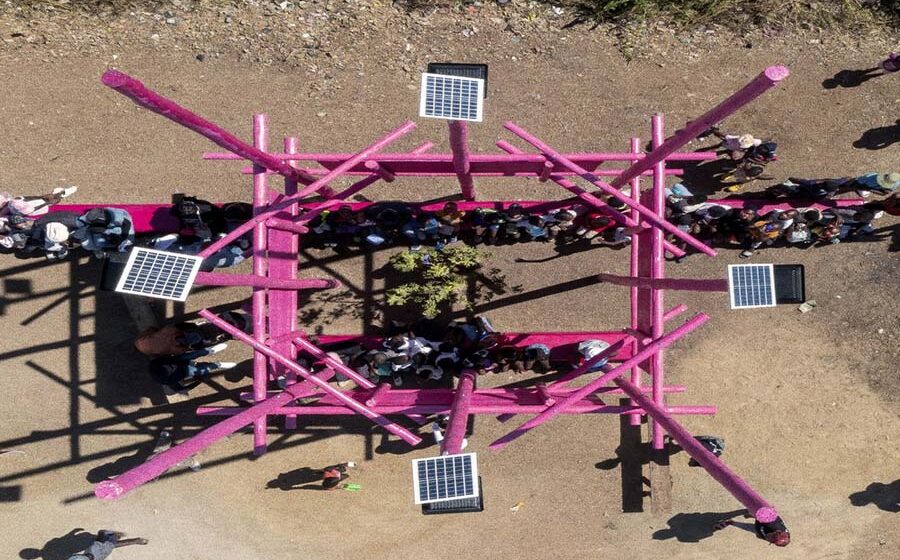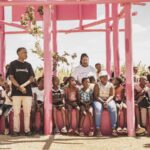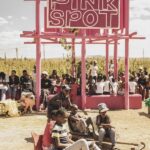In Drieziek, South Africa, architect Frankie Pappas embarked on a transformative project aimed at reclaiming a space plagued by gender-based violence (GBV) and crime. Partnering with Amnesty International South Africa, the endeavor sought to turn a dark and desolate corner into a beacon of hope and community engagement.

Context and Challenge
The chosen site, identified as a GBV hotspot in Orange Farm, symbolized the intersection of neglect and violence. Situated on an empty plot overrun by garbage and devoid of light, it epitomized the stark reality faced by many communities. The challenge was daunting: to create a space where safety, dialogue, and community empowerment could flourish.
Design Brief and Vision
The brief was clear: to design a landmark that transcended its physical form—a place where community members could gather, converse, and seek solace. Integral to the vision was the incorporation of human rights education, offering resources and support to victims and survivors of GBV. The goal was not just architectural but societal transformation.
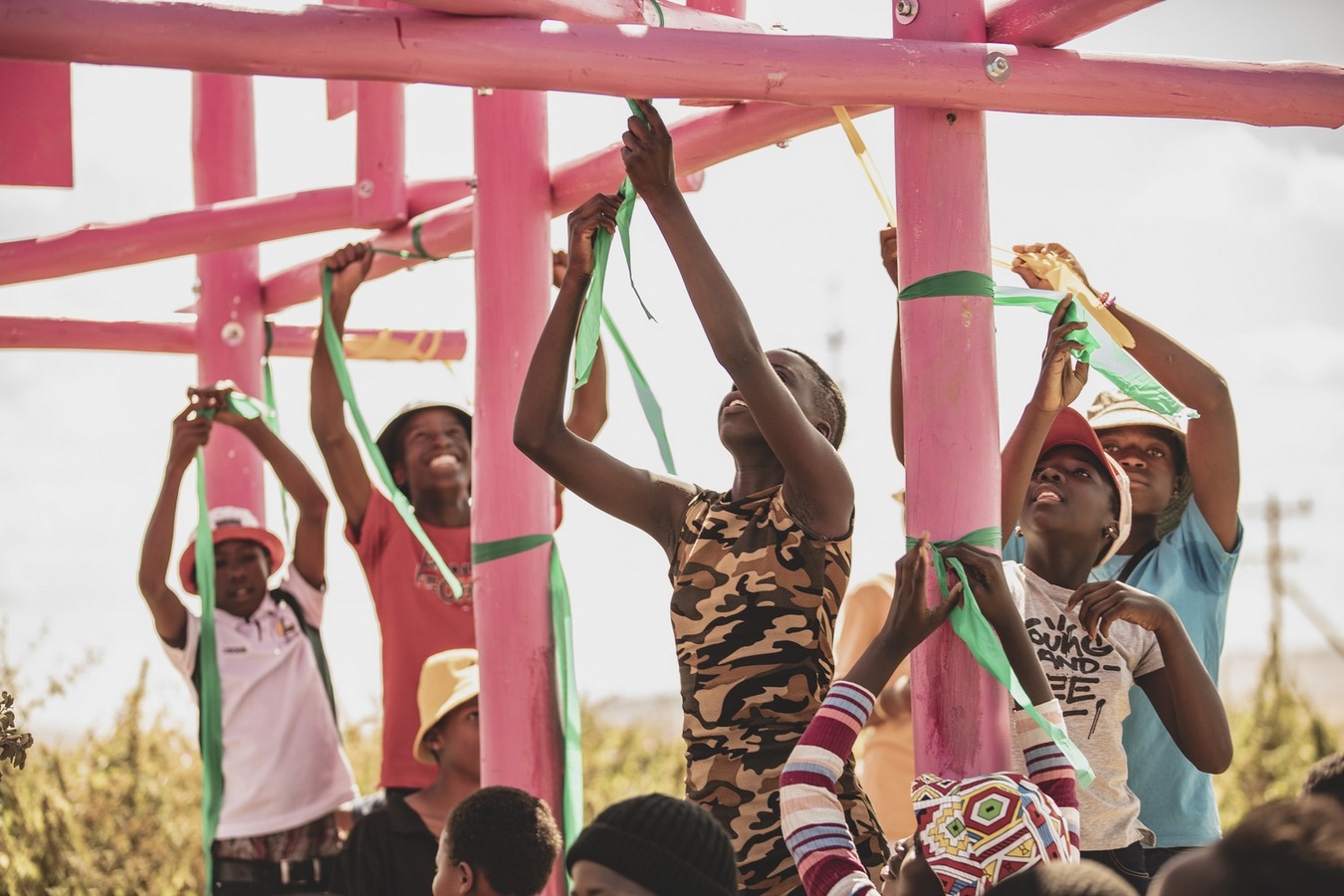
Concept and Execution
The concept centered on shining a light on the pervasive issue of violence against women while fostering community resilience. Through careful material selection—local and sustainable—and active community involvement, the House of the Pink Spot emerged. Bagged brick seating, recycled telephone poles, and vibrant pink paint formed the backbone of the structure, reflecting the spirit and resilience of the inhabitants.
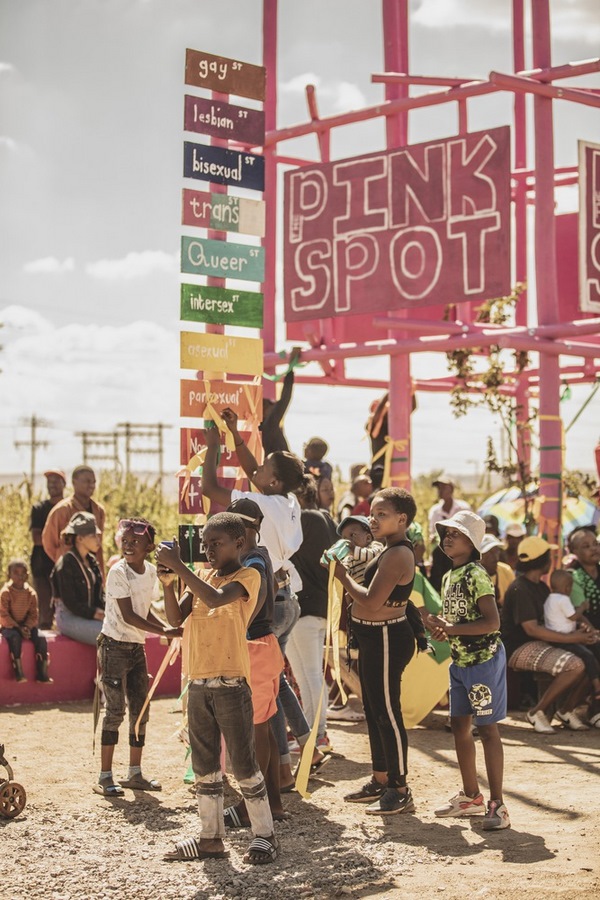
Program and Community Engagement
The structure’s purpose transcended its physicality, serving as a meeting spot, study area, play park, and informal theater. Architectural solutions were not merely structural but deeply human, designed to catalyze community ownership and pride. From color and light to seating and shade, every element was meticulously crafted to foster a sense of belonging and safety.
Community-Led Innovation
The clients—young activists from Orange Farm—embodied the spirit of resilience and activism. Engaging in community consultations, they ensured that the structure resonated with the needs and aspirations of residents. Volunteers joined forces in a remarkable two-week construction period, symbolizing the power of collective action and shared purpose.
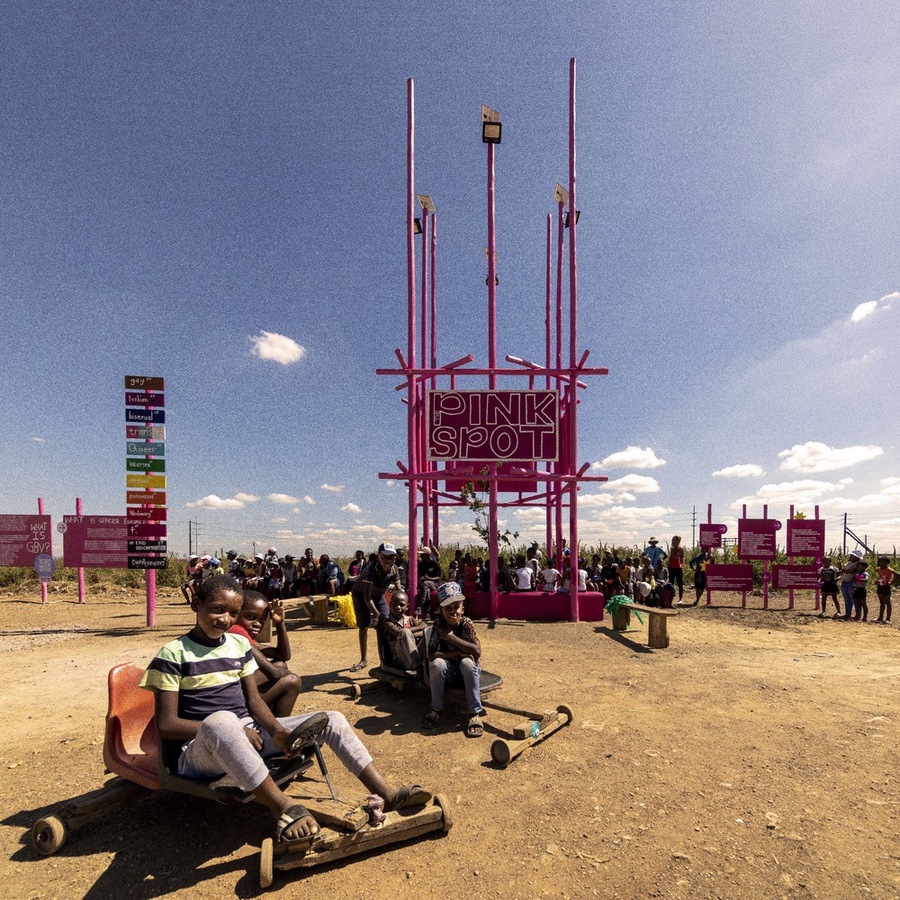
Unique Impact and Legacy
The House of the Pink Spot stands as a testament to the transformative power of architecture and community engagement. Its vibrant pink facade not only symbolizes hope but serves as a tangible reminder of the community’s resilience in the face of adversity. More than a building, it represents a beacon of change—a place where unity, activism, and hope converge in the fight against gender-based violence.

